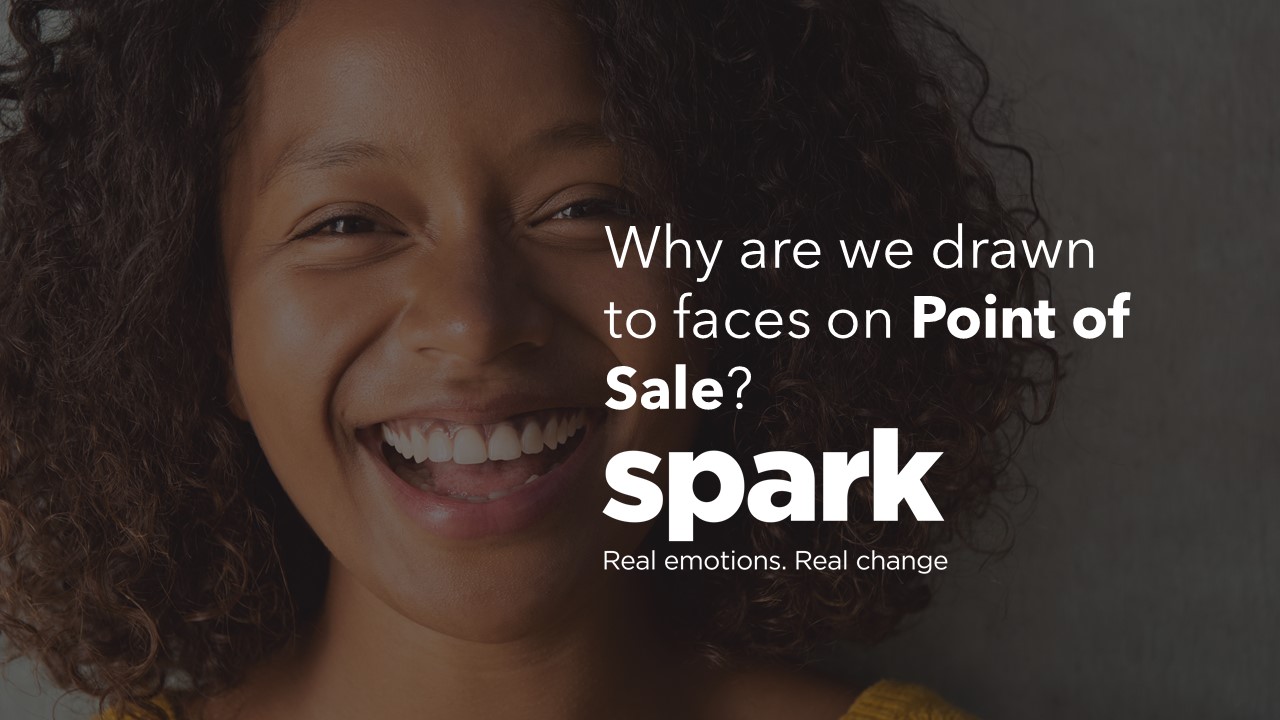Words are responsible for only a small part of communication but the entire is story is not just about what we say. Facial expressions, tone of voice, and gestures are also very important when communicating the message. It is, therefore, crucial to understand that non-verbal cues are over verbal ones.
Our brain is hardwired to respond to faces in comparison to all forms of other communication. We communicate and understand the world around us first and foremost through facial cues. Research demonstrates that our brains are activated when we look at faces, a lot more than objects, animals, or bodies. A very specific part of the brain, called the ‘fusiform gryrus’ responds only to faces. Research has even found that people respond better to emojis than text alone; even the shape of a face reflected in the emoticon spurs the firing of the brain.
Faces draw attention, and this is crucial when designing point of sale and selling. Quite often businesses are mistaken in thinking that making the product or service the focal point will close the sale. In reality, regardless of how good the product is, it won’t sell itself. The best point of sale appeals to humans and this connection is best represented through the face.

So why do faces influence our decisions?
Emotions are central in influencing our decisions because we are hardwired to focus on ‘mood consistent’ information and we are programmed to feel what other faces tell us to feel. We all have mirror neurons – small transmitters in our brain that are responsible for adjusting our emotion to the emotional environment we find ourselves in. As an example, we feel happy when we see a smiling face, and this is an adaptive behavioural mechanism that has helped us to evolve as social creatures.
Out of the four basic human emotions: happiness, sadness, fear/surprise and ager/disgust, appealing to the positive emotion of happiness increases connectivity and receptiveness with consumers. Whilst the use of negative emotions such as, sadness or fear induces a “shock” response which leads people to buy.
Various research has evidenced that people buy with emotion but tend to justify the purchase with logic. This implies that we should employ emotion in marketing to best convert customers and the best way to use emotion is to display it on the face of another person in point of sale material.
How can we help
The pandemic has had a significant impact on human behaviour, which has influenced how people shop. Whilst brands and retailers around the world are trying to figure out what this really means for them, we can help you get to those answers and implement the changes to drive business growth.
At Spark Emotions, we can help you get to the real feelings and emotions of your consumers. Our team of market research experts have done this for clients all over the world, helping them gain a deeper understanding of their consumers and shoppers than ever before. Our team of industry leaders will help translate the insights into practical actions that you can start to implement immediately to help improve sales.
If you’d like an introductory meeting with one of the team to find out how we can help, get in touch by filling in our contact form below
Enter your details below

Written by Binna Chopra, Research Manager at Spark Emotions
If you have any questions, feel free to reach out to Binna via email binna.chopra@sparkemotions.com or connect with her on LinkedIn






One thought on “Why are we drawn to faces on Point of Sale?”
Comments are closed.